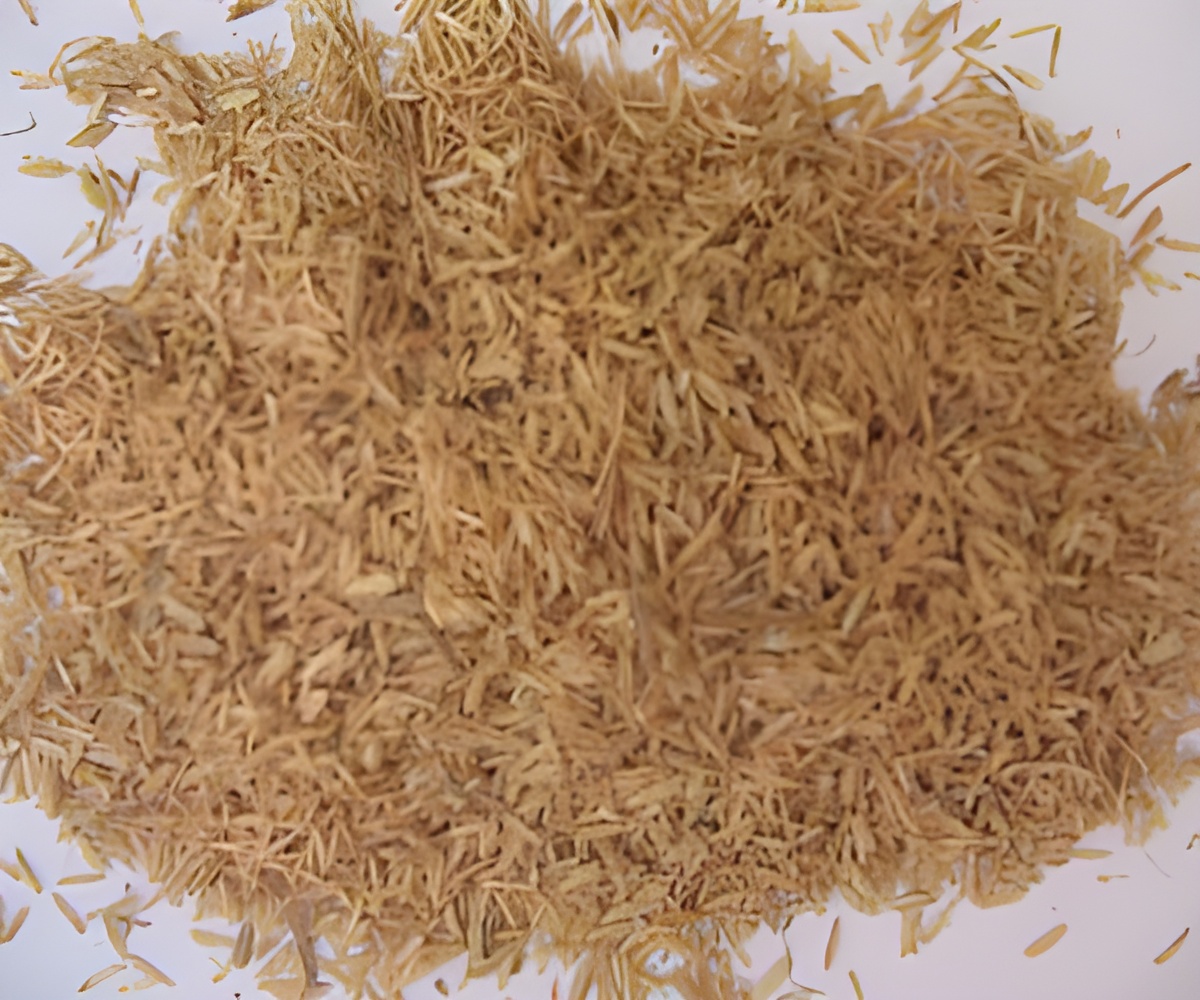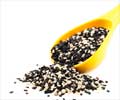Researchers have now identified how arsenic gets into the seeds of plants such as rice. Understanding this is of critical importance in population health.

TOP INSIGHT
Understanding how arsenic is accumulated in seeds such as the rice grains could enable the development of new rice cultivation methods with less arsenic in the grain.
Rosen said, "While the process of how arsenic is taken into roots and shoots of plants is fairly well understood, little is known about how arsenic gets into seeds. Understanding how arsenic is accumulated in seeds such as the rice grain is of critical importance in population health."
The group of scientists discovered that Arabidopsis thaliana, which is used as a model for food plants such as rice, uses transport systems for inositol (a type of sugar) to load arsenite (the toxic form of arsenic) into seeds, making their work the first identification of transporters responsible for arsenic accumulation in seeds. The study published this week in Nature Plants.
Rosen, who specializes in arsenic research, said, "Discoveries such as this will enable the development of new rice cultivation methods with less arsenic in the grain."
Source-Eurekalert
 MEDINDIA
MEDINDIA



 Email
Email






